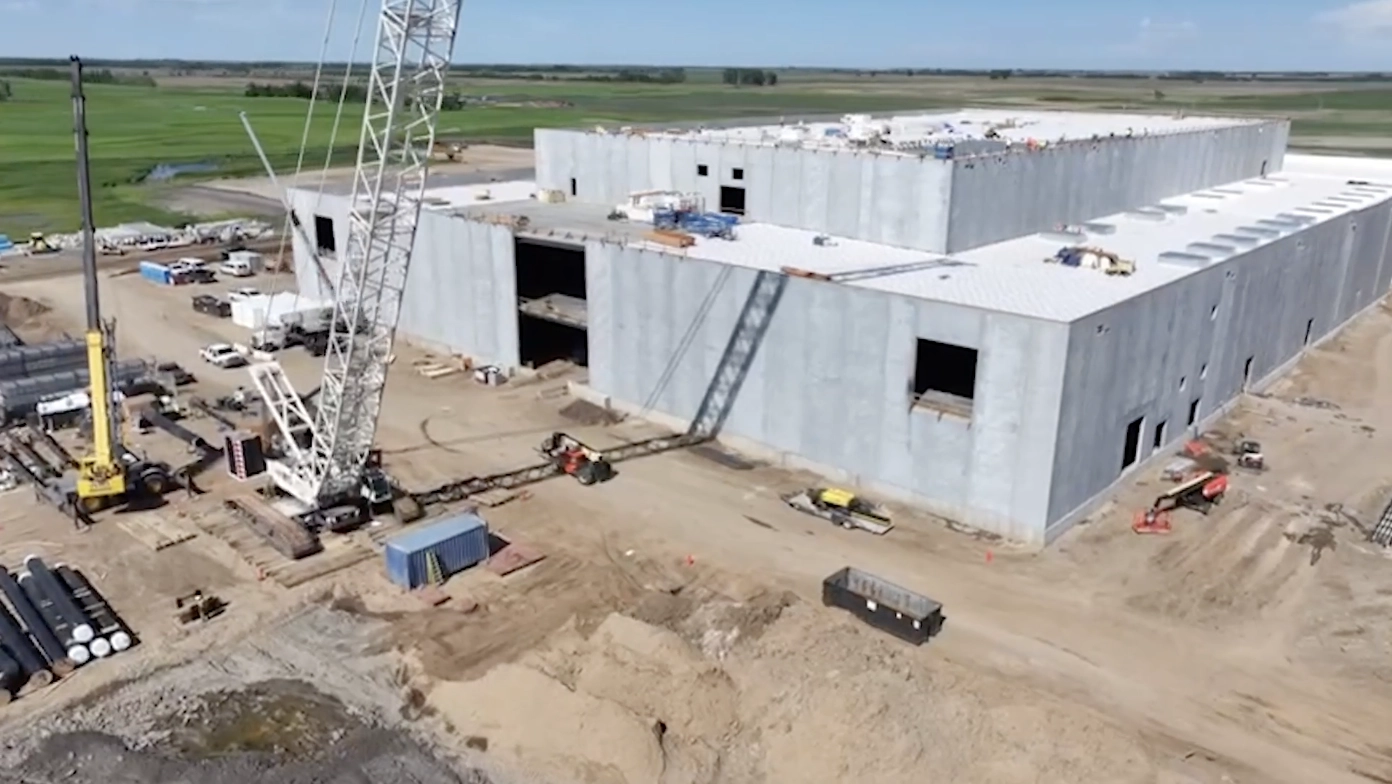Modern cloud is all about how easy it is to buy, provision, manage & run at a level where shared … [+]
Cloud is modern. It almost sounds ridiculous to say it and we’ve clarified this before, but cloud computing is obviously a very “modern” iteration of technology. It has taken our previous notion of the computer that stands on our desk, on the company server, or in the IT department’s central guts and placed some (in hybrid environments) or all of that power in a cloud service provider datacenter to be operated, managed, secured, maintained and updated remotely.
But given that cloud (as we understand the term) has been with us for around two decades now, we can perhaps talk more clearly about the service-based delivery of compute, analytics, storage and now new strains of artificial intelligence in a more contemporary way.
Could the reality be that all cloud is modern, but not all cloud is necessarily mature?
What Modern Cloud Means, Usually
When we talk about modern cloud computing platforms in general terms, it is normally because we’re about to reference the automations, optimizations, abstracted simplifications and user-friendly visualizations made by the major CSP hyperscalers designed to make cloud easier. That’s easier for cloud-centric software engineers to program with, easier for operations staff such as systems administrators and database professionals to underpin our applications with… and it’s also all about making it easier for end users to have great so-called “experiences” with.
Part of that ease-of-use factor extends to the more dynamic elements of cloud operations and might include best practice playbooks to guide operational workflows. Then there are observability and optimization technologies designed to help engineers avoid the perennial problem of over-provisioning, a predicament experienced in many cloud environments including those that run as Kubernetes container-based deployments.
In short, it’s all modern cloud, so how much of cloud is actually modern?
Shared Servies, Surely?
Cloud infrastructure company HashiCorp, has used its 2024 State of Cloud Strategy Survey to suggest that as little as 8% of organizations are being modern (and therefore mature) enough with cloud to fully realize the business benefits of their cloud investments with standardized shared services.
Why is the use of the use of shared standard services so important? Because cloud computing is meant to be a macroeconomic entity i.e. it is large enough to be web-scale, it is broad and wide enough to be hyper-scale and it is expansive enough to be inherently enterprise-scale. That means we should be looking for ways to find standardized elements of operations across the cloud stack that we can coalesce, refine and repeat.
As Meghan Liese, VP of product marketing at HashiCorp puts it, “Highly mature cloud organizations build, deploy and manage their critical applications through a holistic approach across the entire lifecycle of infrastructure management with unified workflows to reduce risk and boost developer velocity. Mature cloud is a question of adopting, standardizing and scaling key practices has across the entire organization. [In our survey’s estimation] the majority of organizations struggle to deliver cloud programs resulting in positive business impact: less than half of low-maturity organizations report they are still waiting for their cloud investments to pay off.”
Above All, Platform Teams
Liese and team advocate the message that is echoed by many of the cloud computing cognoscenti these days when she says that the answer lies in adopting a platform engineering playbook. It seems that organizations who describe running the most mature cloud programs have implemented cloud practices to provide standardized shared services for infrastructure and security lifecycle management – and that’s generally as a result of delivering these services through a platform team with its higher-level holistic view.
The suggestion here is that, with centralized management and automation, these organizations get a better return on their cloud investments. So, while highly cloud-mature organizations may spend more on the cloud, they also waste less of that money.
“Organizations who have done the right things and achieved high cloud maturity are realizing benefits including increased productivity, stronger security, and reduced cloud costs. We’ve seen that the path to cloud maturity lies with platform teams and gaining control over their cloud estate with infrastructure and security lifecycle management,” said Liese.
HashiCorp wants us to think about its market analysis which suggests that around three-quarters of firms have reported they increased cloud infrastructure spending in the last year, with almost all of those companies saying that they have experienced at least some cloud waste. There’s still an acute shortage of skilled staff to put these platform engineering technology propositions into motion… and there although almost all enterprises have at least started the process of establishing a platform team, less than half currently rely on their platform teams to fully standardize cloud operations throughout the organization.
Cloud, Always At A Crossroads
If consider the propositions here (and let’s remember that some of the threads in this cloud infrastructure tale that promote and promulgate platform-level standardization processes for cloud infrastructure are being put forward by cloud infrastructure company HashiCorp, Inc.) we can see that cloud computing is once again at something of a crossroads.
While cloud computing wants to deliver its services in increasingly automated ways from an enriched infrastructure perspective in the platform engineering sense, it also wants to be able to apply itself at a surface level to increasingly custom-tuned bespoke application structures that ultimately become more and more complex by virtue of the way they are compartmentalized into “more efficient” (yet tougher to manage and update) microservices. That’s not the only dichotomy of cloud, it is beset with trials, tribulations and tradeoffs, things just need more time to bed in and standardize perhaps.
Is the cloud richly flavored, nutrient-packed and good enough to melt on a sandwich yet? Well, if it were a cheese it would only be lightly mature, so perhaps not always.
A pack of Cathedral City, Lighter Mature Cheddar Cheese. Studio shoot on September 20, 2007, United … [+]



